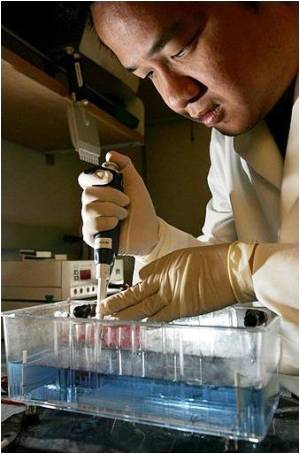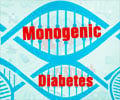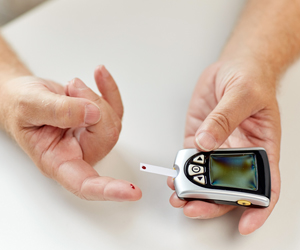
Intensive blood sugar control reduced the progression of diabetic retinopathy compared with standard blood sugar control, and combination lipid therapy with a fibrate and statin also reduced disease progression compared with statin therapy alone.
However, intensive blood pressure control provided no additional benefit to patients compared with standard blood pressure control.
"This is the largest study to date examining the effects of blood sugar, combination lipid therapy, and blood pressure control on the prevention of diabetic retinopathy progression using retinal photographs," said Walter T. Ambrosius, a professor of biostatistical sciences in the Division of Public Health Sciences at Wake Forest University Baptist Medical Center.
"Many people with diabetes have microvascular problems, which can result in problems with the kidneys and amputation of toes and feet, and the only place that you can directly observe the microvasculature is in the back of the eyes. What we have seen in the eyes is potentially an indicator of what is happening in other parts of the body," Ambrosius added.
The study was a landmark clinical trial that included 10,251 adults with type 2 diabetes who were at especially high risk for heart attack, stroke or cardiovascular death.
Advertisement
Intensive treatments included control of blood sugar to near normal levels, control of blood pressure to normal levels, and combination treatment of blood lipids with fenofibrate and simvastatin compared to standard treatment with simvastatin alone.
Advertisement
The study involved a subset of 2,856 participants. Researchers analyzed the effects of the treatment strategies on blood vessels in the eye by identifying diabetic retinopathy progression over four years.
The study was recently published in the New England Journal of Medicine (NEJM) and presented at the 70th Scientific Sessions of the American Diabetes Association.
Source-ANI















